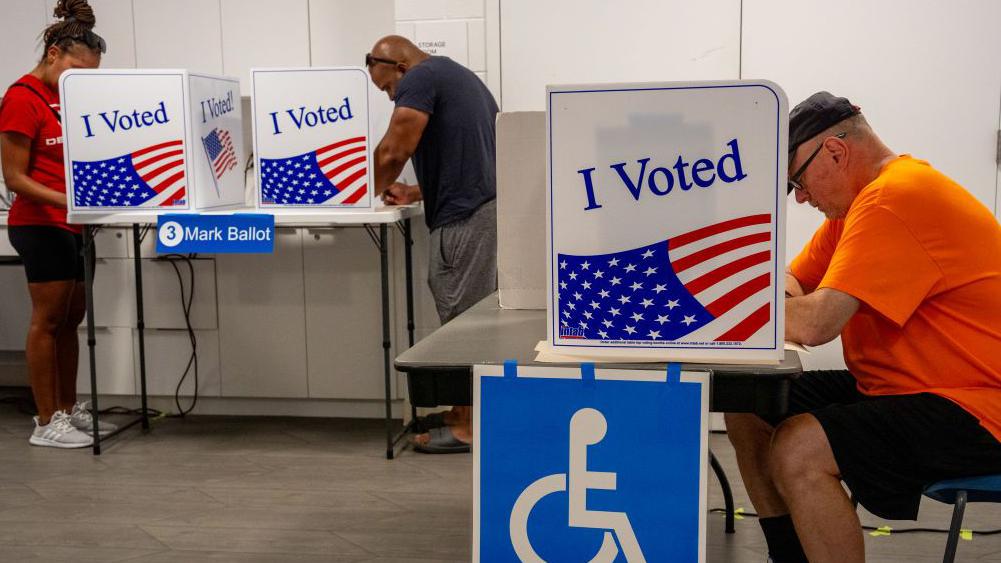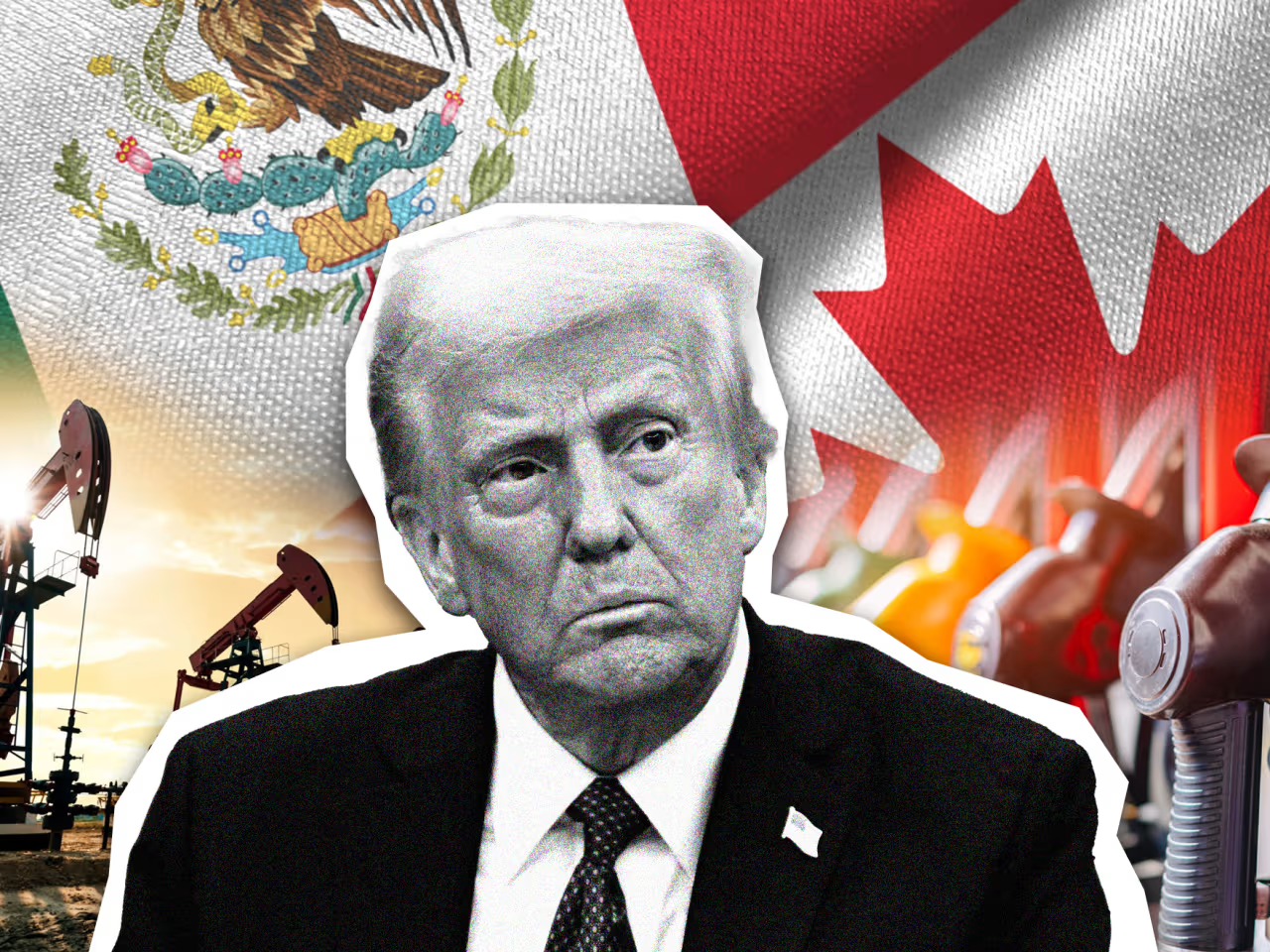The 2020 U.S. presidential election was historic not only for its record-breaking voter turnout but also for the unprecedented shift in voting methods. Amid the COVID-19 pandemic, millions of Americans opted for early in-person voting and mail-in ballots rather than traditional Election Day voting. This trend reflected both necessity and a growing preference for convenience, reshaping the electoral landscape in ways that may persist in future elections.
The Rise of Early and Mail Voting
In previous elections, the majority of voters cast their ballots in person on Election Day. However, the 2020 election saw a dramatic increase in early and mail voting due to health concerns, expanded state policies, and voter enthusiasm. According to the U.S. Elections Project, over 101 million Americans—nearly 70% of all voters—chose early in-person or mail voting, a significant jump from previous years.
Key Factors Driving the Shift
-
COVID-19 Pandemic
The coronavirus outbreak led to widespread fears about crowded polling places, prompting many voters to seek safer alternatives. States expanded access to mail-in ballots and early voting to reduce health risks, leading to a surge in absentee and early voting requests. -
Expanded Voting Access
Many states temporarily relaxed restrictions on mail-in voting, allowing all registered voters to request absentee ballots without needing an excuse. States like California, Nevada, and New Jersey mailed ballots directly to all voters, while others simplified the request process. -
Voter Convenience
Even before the pandemic, early and mail voting were growing in popularity due to their convenience. Busy work schedules, long polling lines, and the ability to research candidates while voting at home made these options appealing. -
High Voter Turnout
The 2020 election had the highest voter turnout in over a century, with more than 159 million ballots cast. Early and mail voting played a crucial role in accommodating this surge, ensuring that voters could participate without facing logistical hurdles.
State-by-State Variations
While early and mail voting surged nationwide, adoption rates varied significantly by state due to differing election laws and voter preferences.
-
States with Universal Mail Voting: Colorado, Hawaii, Oregon, Utah, and Washington already conducted elections primarily by mail, leading to high participation rates.
-
Battleground States: Key swing states like Florida, Pennsylvania, and Michigan saw massive increases in mail voting, with some reporting that over half of all votes were cast before Election Day.
-
States with Restrictions: A few states, such as Texas and Mississippi, maintained stricter absentee voting rules, limiting mail ballot access primarily to those with qualifying excuses.
Impact on Election Results and Public Perception
The shift toward early and mail voting had several notable effects:
1. Delayed Results
Because mail ballots took longer to process and count in some states, final election results were delayed for days—or, in some cases, weeks. This delay fueled misinformation and unfounded claims of fraud, particularly in closely contested states.
2. Partisan Divide
Polling indicated that Democratic voters were more likely to use mail ballots, while Republican voters preferred in-person voting on Election Day. This divide led to early “red mirages” in states like Pennsylvania, where Election Day votes initially favored Republicans before mail ballots—which leaned Democratic—were fully counted.
3. Trust in Election Integrity
Despite no evidence of widespread fraud, the surge in mail voting became a contentious political issue. Some leaders questioned the legitimacy of mail ballots, leading to lawsuits and recounts in key states. However, election officials from both parties affirmed that the process was secure.
The Future of Early and Mail Voting
The 2020 election demonstrated that voters appreciate flexibility in how they cast their ballots. Many states are now considering making pandemic-era voting expansions permanent, while others are rolling back access. Key trends to watch include:
-
Permanent Mail Voting Expansions: States like New York and Virginia have passed laws to make no-excuse absentee voting permanent.
-
Hybrid Voting Systems: Many states may adopt a mix of in-person and mail options to accommodate voter preferences.
-
Ongoing Legal Battles: Partisan disagreements over voting access could lead to further litigation and legislative changes.
Conclusion
The 2020 presidential election marked a turning point in how Americans vote, with early and mail ballots becoming the preferred choice for millions. While the pandemic accelerated this shift, the convenience and accessibility of these methods suggest they are here to stay. As election officials and lawmakers debate the future of voting rules, one thing is clear: voters have embraced the flexibility of casting their ballots before Election Day, signaling a lasting change in the U.S. electoral process.



